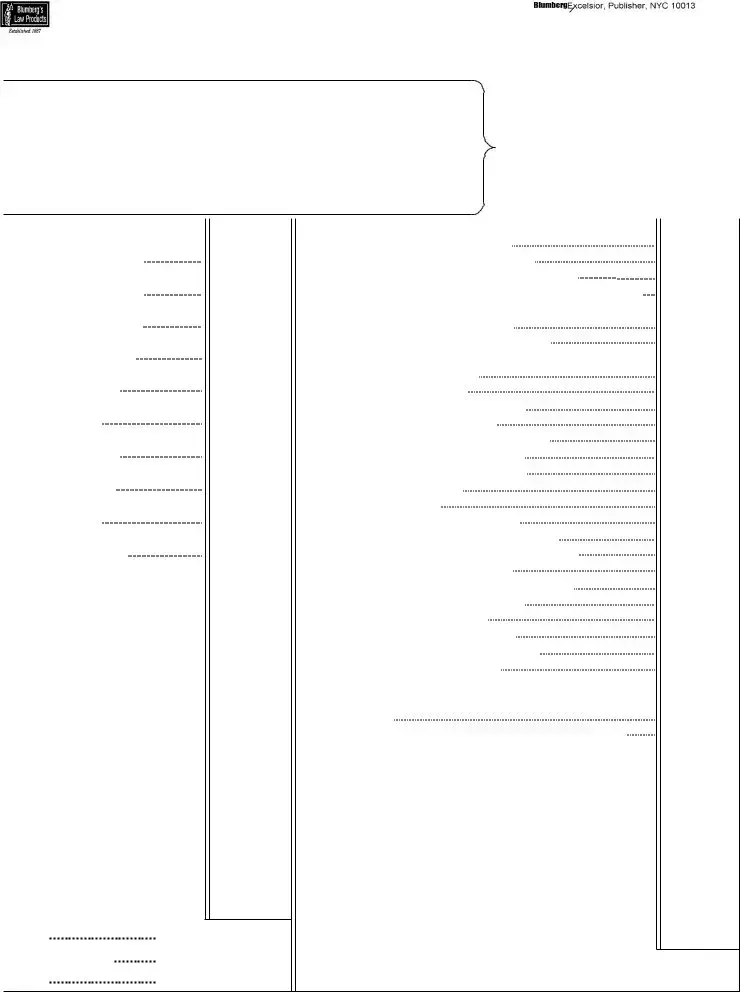Filling out the New York Bill of Costs form requires attention to detail and an understanding of legal procedures. However, individuals often make errors that can lead to delays or rejection of the form. Below are seven common mistakes people make when completing this form.
First, not verifying the accuracy of the Index Number. This number is critical as it uniquely identifies the case. Incorrectly entering this number can result in the form being associated with the wrong case or being rejected outright.
Second, individuals often fail to include all applicable costs and disbursements. The form breaks down various costs such as filing fees, service of process fees, and stenographer fees. Overlooking any cost can result in underreporting, affecting the total claim amount.
Third, there's a tendency to miscalculate the disbursements. Each entry requires careful calculation and verification to ensure accuracy. Miscalculations can lead to inaccuracies that may be contested by the opposing party or rejected by the court.
Fourth, users sometimes misunderstand the sections related to witness expenses and travel. Proper documentation and accurate representation of these costs are crucial. Misrepresenting or inaccurately calculating these expenses might lead to disputes or deductions from the total cost.
Fifth, omitting the attorney's affirmation is a common oversight. This affirmation attests to the necessity and reasonableness of the listed disbursements. Failing to include this affirmation can lead to questioning of the entire bill of costs.
Sixth, applicants often provide insufficient details about the service of the bill of costs and notice of taxation. The form requires specific information about how and when the bill of costs was served to the opposing party. Vague or incomplete descriptions can render the submission non-compliant.
Finally, a critical mistake is not providing proof of costs incurred. While the form itself does not have a section for attaching receipts or invoices, maintaining and being ready to present such evidence upon request is essential for the validation of the claimed costs.
Avoiding these mistakes involves careful review, accurate calculations, and ensuring full compliance with the instructions provided with the form. It is advisable to consult with a legal professional if there's any uncertainty about how to correctly complete the New York Bill of Costs form.

